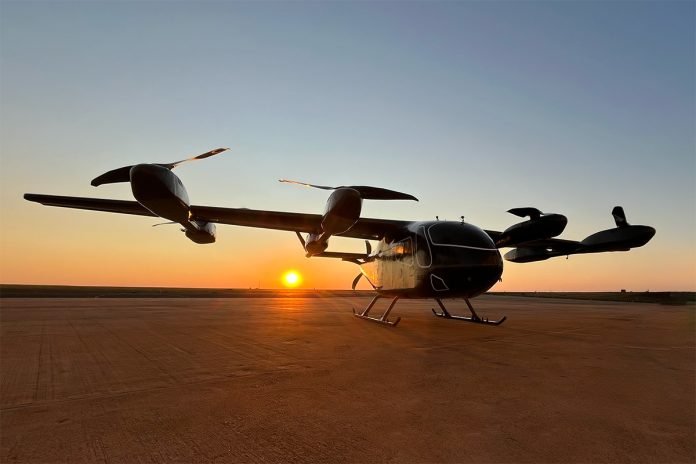Eve, a subsidiary of the Brazilian aerospace company Embraer, has recently introduced its first full-sized prototype eVTOL (electric Vertical Take-off and Landing) air taxi at the UK’s 45th Farnborough Airshow. The new aircraft, named Eve Air Mobility, signifies a significant step forward in urban air mobility solutions. This article delves into the details of Eve’s new prototype, its design, and the financial and operational context surrounding its development.
Financial backing and market position
Eve Air Mobility has successfully secured an additional US $94 million in funding from various investors, supplementing the $492 million it had previously raised. This financial boost places Eve in a strong position to continue the development and manufacturing of its eVTOL aircraft through at least 2027.
One of the standout aspects of Eve’s progress is its market position, indicated by its substantial number of pre-orders. To date, the company has received 2,900 letters of intent from 30 customers across 13 countries, making it the most pre-ordered eVTOL company globally.
Design and specifications
The Eve Air Mobility eVTOL features a ‘lift & cruise’ design. It utilizes eight dedicated propellers for vertical flight and an additional propeller at the rear to facilitate forward cruise flight using fixed wings. Eve’s design incorporates two electric motors for the rear propeller, enhancing redundancy and performance.
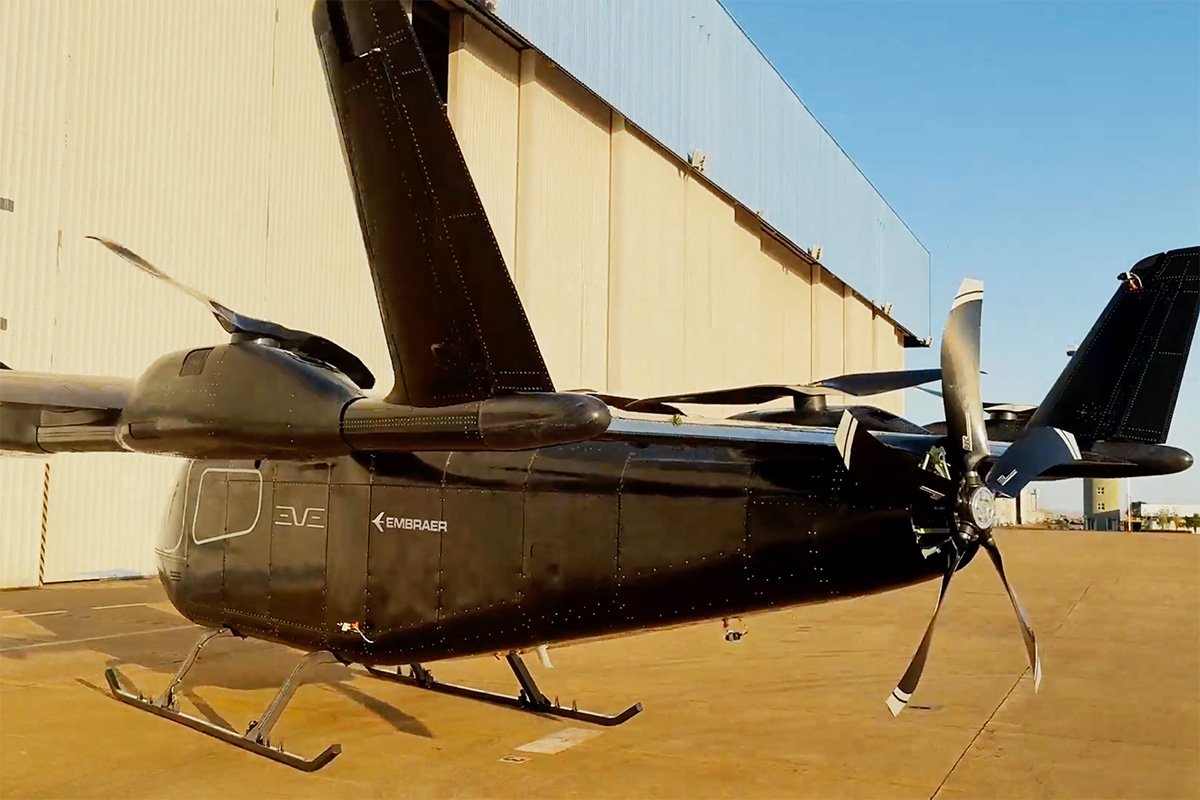
A notable difference between Eve’s design and other eVTOLs like the Joby S4 is the use of fixed propellers and wings. This choice aims to reduce manufacturing and operating costs, decrease the number of parts, and lower noise levels during cruise flight.
The Eve Air Mobility eVTOL is designed for shorter flights, with a range of 60 miles (100 km) between charges, making it ideal for cross-town trips. This is in contrast to the longer-range capabilities of some competitors’ models, such as the liquid hydrogen-powered prototypes from Joby.
Testing and certification
The current prototype, although not intended for passenger transport yet, is equipped with all the necessary electronic components for flight. Initial testing phases will involve remote piloting, with manned flights to follow once the design is finalized. Diehl Aviation has been selected to design and produce the aircraft’s interior, which will accommodate four passengers and one pilot.
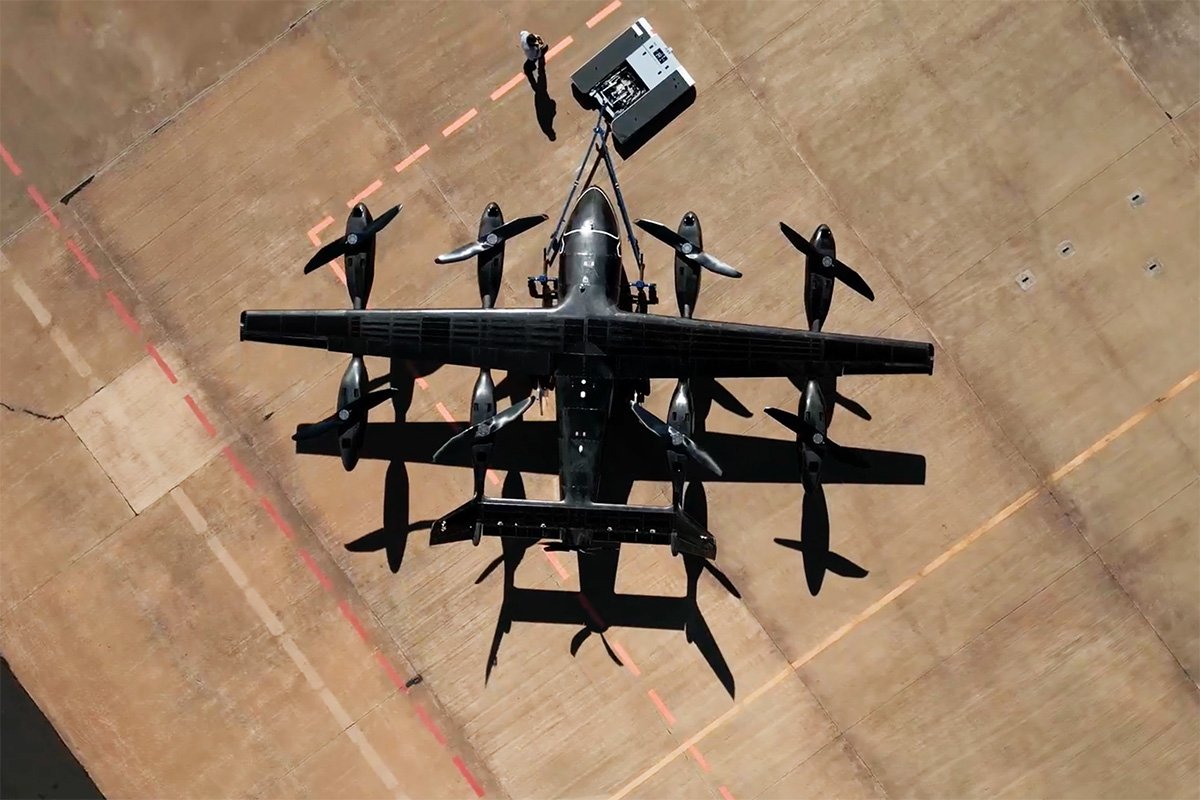
Eve’s parent company, Embraer, brings significant experience to the table, having been in the aircraft manufacturing business for 55 years. As the third-largest civil aircraft manufacturer globally, Embraer’s expertise is expected to facilitate Eve’s testing and certification processes. Eve applied for certification in 2022 and aims to have its eVTOL certified by Brazil’s civil aviation regulator by 2026.
Production capabilities
Eve has ambitious production plans, with an eventual goal of manufacturing 480 aircraft per year. This will be achieved through four equally-sized production facilities located in Taubaté, São Paulo, each capable of producing 120 units annually. However, given the current backlog of 2,900 pre-ordered units, it may take some time for new customers to receive their air taxis.
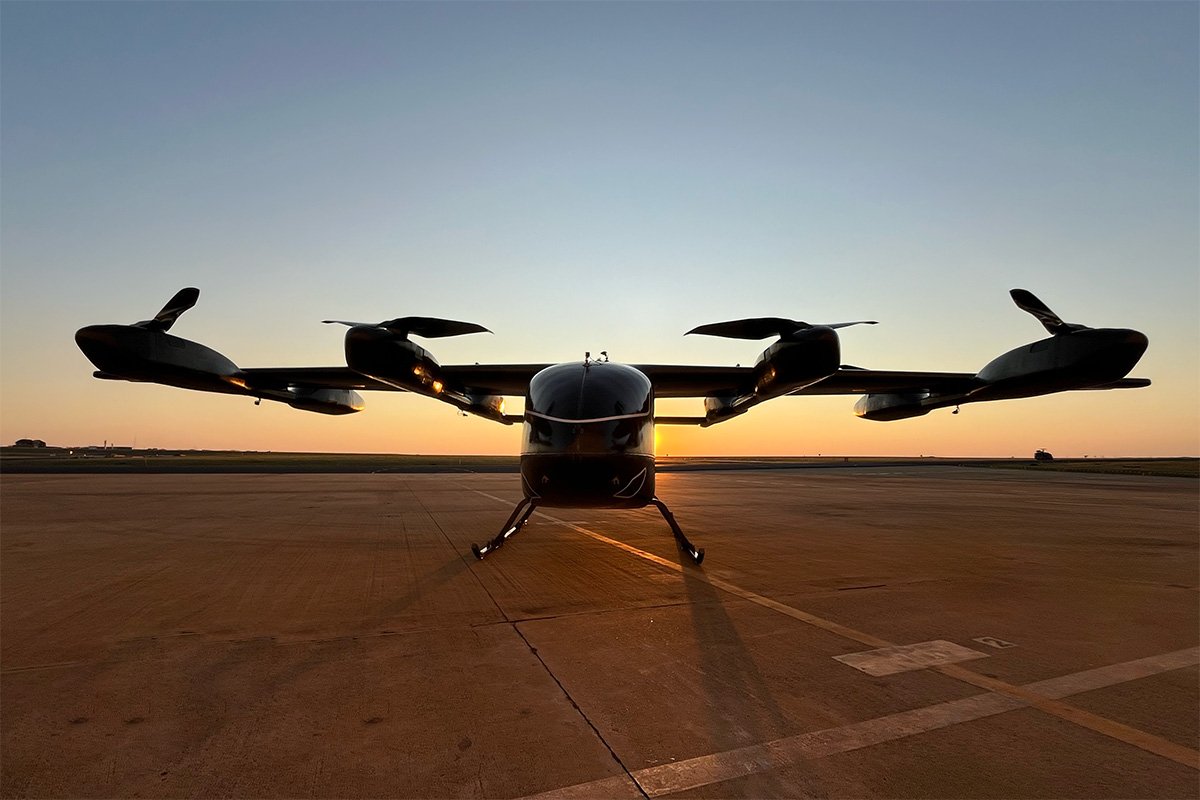
Conclusion
The unveiling of Eve’s new eVTOL prototype represents a significant advancement in the field of urban air mobility. With strong financial backing, a substantial number of pre-orders, and the manufacturing expertise of Embraer, Eve is well-positioned to make a considerable impact on the future of air travel. The company’s focus on shorter, urban flights could pave the way for a new era of efficient and sustainable transportation within cities. As testing and certification progress, the aviation community and potential customers will be watching closely to see how Eve’s innovative air taxi evolves.
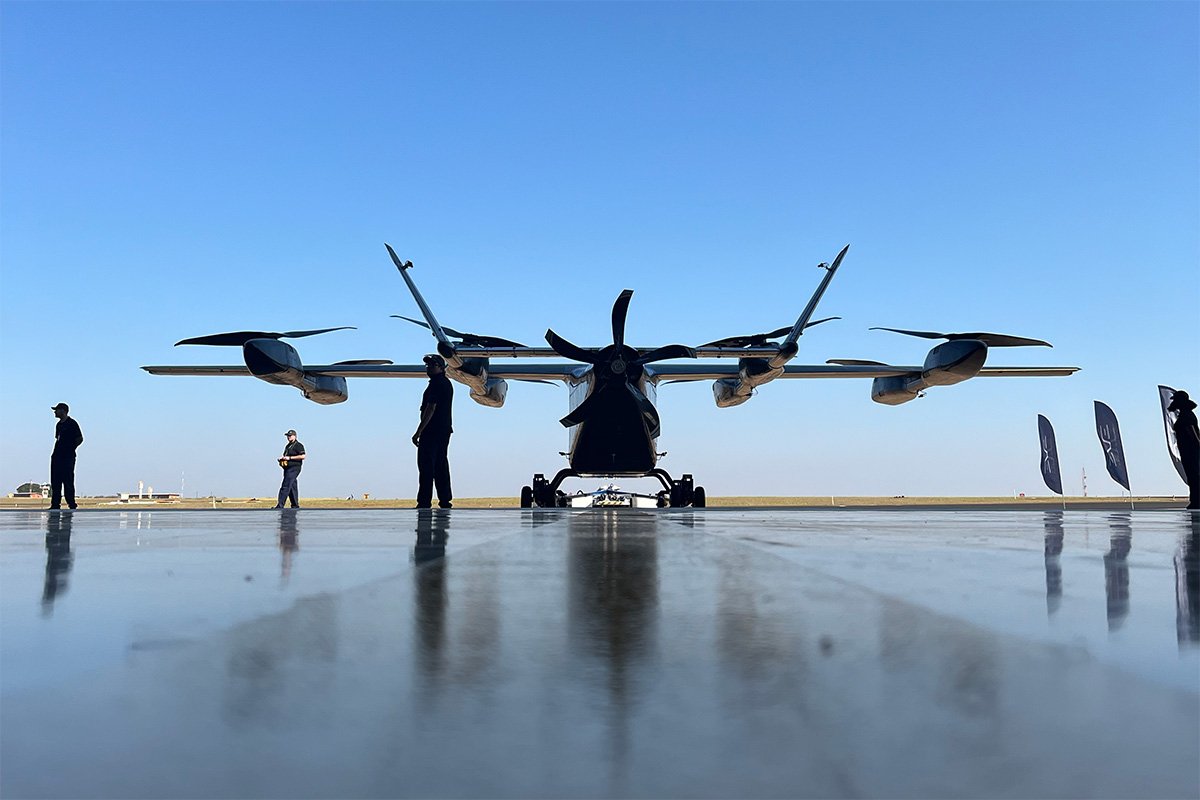
Source: Eve Air Mobility

